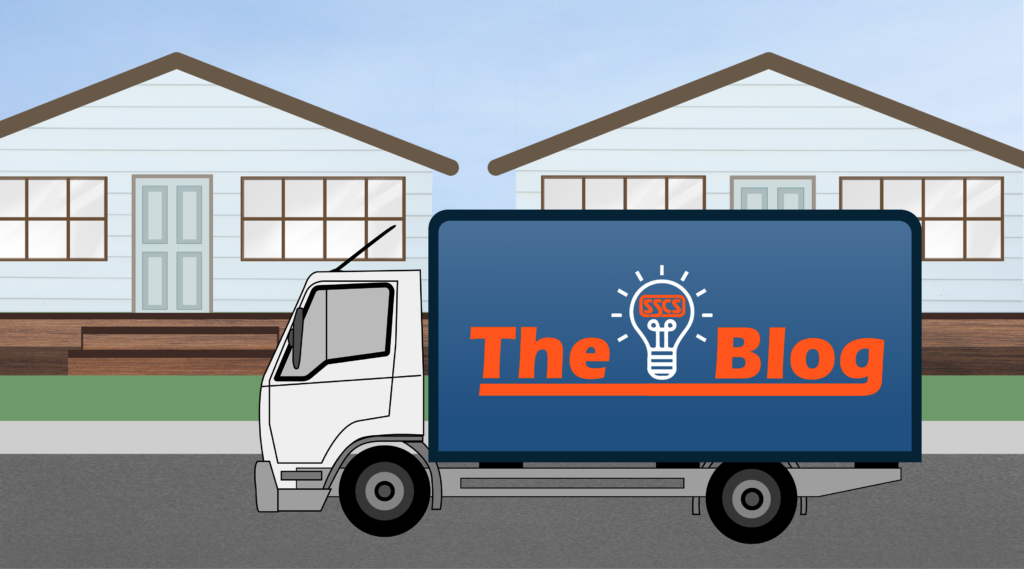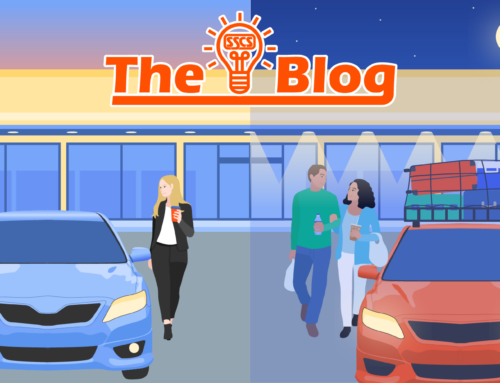
The Perfect Storm that Created Online Food Delivery
The convenience store industry’s adaptation to the online food delivery model testifies to its adaptability and ability to innovate.
The convenience store industry has recently experienced a “paradigm shift.” That’s what happens when a business model is forced to change through a sudden combination of internal and external forces.[1]
Those conducting business under the existing model have to switch gears . . . and fast! It’s challenging!
The paradigm shift we’re talking about is the incorporation of online food delivery systems into the existing c-store model. The causes are well-documented, but to summarize: the evolution of hand-held technology together with the lifestyle changes required by COVID helped create the perfect storm out of which online food delivery emerged.[2]
C-stores have adapted, figuring out how to leverage the advantages these ordering platforms hold, including—according to NACS—increased margins and expanded nocturnal sales activity.
Stores have done it several ways, including unlimited free deliveries for a fixed monthly rate and discounts for loyalty program subscribers. Some c-stores have partnered with third-party delivery companies to create a seamless—but efficient—experience for everyone involved.
The United States Chamber of Commerce, realizing the economic necessity of online delivery on a national scale, published a paper to help retailers successfully partner with third party deliverers.
And it isn’t that delivery solutions are just for the largest chains. Small local networks for regional retailers exist and at least one large business is sharing its proprietary delivery technology to smaller stores in less populated areas.
Paradigm shifts can be scary, but they are also full of opportunities for those that are ready to jump in, as many leading c-stores have discovered, or are in the process of discovering.
[1] For a deeper explanation of paradigm shifts, check this out.
[2] In 2021, NACS reported that 43 percent of consumers had already dabbled in delivery from c-stores.






Leave A Comment